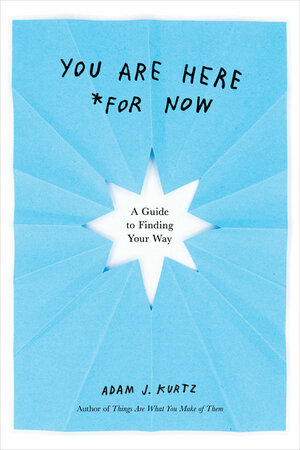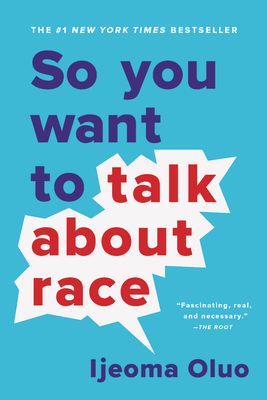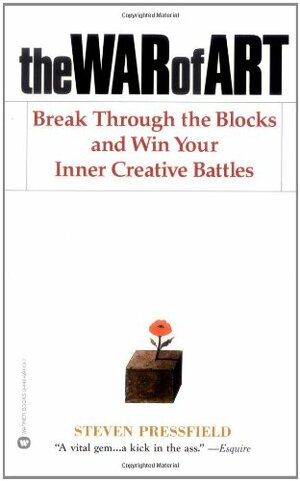Books I Read in January 2022
In January I read one novel about a European vacation, and four non-fiction books, only one of which made me very angry.
Indians on Vacation by Thomas King

Indians on Vacation is a charming novel about a long-married couple who travel to Europe in the footsteps of an ancestor, trying to track down a family artifact.
I’ve already forgotten most of the plot (as I do) but what stuck with me was the gradual unfolding of the husband’s affection for his wife. At the start of the book it seems like he might be a stereotypical long-suffering spouse dragged on a trip he’s not interested in, but as the story moves on his appreciation and respect for his wife surfaces. It’s very sweet.
For me, this book connected something I don’t have experience of — being an Indigenous person of Turtle Island — with something I do — travelling around Europe. So that was fun. I recommend this book if you like a medium-light novel with charming, complex characters, or you want to vicariously experience the pleasures and aggravations of travel.
You Are Here (For Now): A Guide to Finding Your Way by Adam J. Kurtz

Adam Kurtz is a graphic designer and artist, and he writes messages in big block letters with pencil. You might think that the simplicity of the medium reflects the simplicity of the ideas, but it does not. These are big ideas, about mortality and potential, choice and happiness, life and art.
This particular book has two kinds of content. There are sections of two-page spreads with images of progressive paper art pieces on the left side and thought-provoking or inspiring messages on the right. (When I was doing book design I knew the proper names for “left side” and “right side”.)
Alternating with those are short essays about things the author has noticed or learned about life, death, art, mental health and happiness.
Don’t let the tiny-ness of this book fool you. It’s full of big ideas, encouragement, kindness and wisdom. It sits happily on my shelf between Jonny Sun’s Goodbye Again and S. Bear Bergman’s Special Topics in Being a Human.
So You Want to Talk About Race by Ijeoma Oluo

This is a good introduction to race and racism, and I found it to be an easy read. If, like me, you’ve already read a few introductory books on the topic, though, you probably don’t need to read this one, unless you’re interested in it as a memoir.
Finding Your Focus: Practical Strategies for the Everyday Challenges Facing Adults with ADD by Geraldine Markel and Judith Greenbaum

I’ve read a few books about living with ADHD as an adult, and I didn’t really expect anything new from this one, but I was pleasantly surprised.
The thing about the advice in this book is that it goes deeper than just tips and tactics, and suggests to some new approaches to how you function at a deeper level.
The most profound part of the book is what the authors call your toolbox — it’s a set of skills which, once mastered, can then be applied to various situations. The tools are these:
-
Self-talk, or the voice in your head. This is not just the things you say to yourself about yourself, but also self-talk as a tool to remember things and to think things through. I’m reminded of Dora the Explorer and her little litanies of three landmarks along her route: “bridge, flowers, mountain; bridge, flowers, mountain”. What’s good for Dora is good for the rest of us (unless it’s a too-small t-shirt).
-
Visualizing. This is the pictures version of self-talk, although it could also mean imagining something, rather than visualizing it per se. Visualizing can help you remember things, predict problems, and set goals.
-
Hearing, touching, tasting and smelling: yup, all the other senses. This is really about using all the available inputs to get, process, and store information. It’s really about paying attention in lots of different ways, to corral more neural pathways.
-
Routines.
-
Checklists.
-
The Stop! technique. This is just what it sounds like — telling yourself “Stop!” when you are overexcited, spiralling, or overwhelmed. The authors also suggest using it to remind yourself to follow a routine, and to catch yourself when you get distracted.
I found the ideas of self-talk, visualizing and tapping into other senses to be new and useful. Routines I know about from parenting and checklists, well, I’ve always loved checklists. To be honest, I think the “Stop!” thing sounds pretty stressful, but I take their point about having some deliberate way to interrupt and harness your thoughts.
After the authors lay out these tools, they explain how to apply them to various problems: losing things, messiness, chronic lateness, procrastination, and social problems. It’s an effective format.
I found the book to be helpful in general, although like most books about ADHD it has a strong and unquestioned focus on how to be a good corporate worker.
The War of Art: Break Through the Blocks & Win Your Inner Creative Battles by Steven Pressfield

I read this book because it’s spoken of highly in one of the online circles I frequent — in fact, it’s kind of an inspirational volume for the leaders of this particular group. Which honestly makes me wonder if the group is for me, so violently do I dislike this book.
The War of Art is an advice and encouragement book by an author and screenwriter, about how to get past inner blocks and live the life you want. So far, so good.
There are lots of solid ideas in this book, which is to say, stuff I agree with. I agree that art is work, and you should treat it seriously. I agree that you should take yourself seriously as an artist. I agree that routines and structure are vital to the work of an artist. I agree that the reasons we tell ourselves we’re not doing art are sometimes not the actual reasons, and it’s worth digging deeper to figure out what they are. (My entire business is organized around these ideas.)
I also like that the book is short.
I didn’t like that Pressfield lumps everything that gets in the way of art into one thing, and calls it Resistance. He makes no distinction between external and internal blocks, nor between logistical or emotional ones.
He dismisses the very idea of mental health problems and neurodiversity in three short, hateful pages that invoke the old “they’re just trying to sell you pills” trope. Suck it up, he says, and stop making excuses.
Similarly, there is no acknowledgment in this book of structural or systemic barriers. It’s transparently written from a place of extreme privilege, by the kind of person who can just show up and be pretty competent, and receive jobs, money and praise.
If women are mentioned at all in this book, they are muses or mothers — there are some nonsensical motherhood metaphors which make me wonder if the author has ever spent time with an actual mother. I think the editors made the author search and replace “he” with “she” for a few chapters, but it’s very unconvincing. I did not feel seen.
The book features a rejection of community that’s so complete it’s almost grotesque. Pressfield actually mocks a person who would call friends when they’re feeling discouraged. He seems to think it’s a sign of weakness to be part of a community, to depend on people sometimes.
Much like Julia Cameron’s The Artist’s Way, The War of Art eventually starts to lean on spirituality, mostly Christian spirituality, to explain and motivate creativity. I, like the mathematician Pierre-Simon Laplace, have no need of that hypothesis: I don’t agree that you have to invoke the supernatural to explain the wonders that humans (or any other life forms) create. So those chapters fall flat for me, but Pressfield is also incomprehensible when he invokes Carl Jung, and when he writes his theories about hierarchy and territory. I think he’s simply out of his depth, although that’s to his credit: I’m never mad about someone overreaching in their art.
One more complaint, and then I think I’m done. Or maybe this is an ad hominem attack? I don’t know, you’ll have to be the judge.
Throughout the book, Pressfield invokes sports and war when he’s talking about art — it’s right in the title. He sets up art as a kind of battle between good and evil, between artists and everyone else, between artists and themselves. I was left with the impression that he thinks art is effete, and can only be salvaged by equating it with strong, manly, bloody things.
I do not recommend this book.
If you’re looking for a book about writing by a guy named Steve, read On Writing by Stephen King. If you’re looking for a book about creativity and inspiration called “the something of something”, read The Art of Possibility by Rosamunde Stone Zander and Benjamin Zander. If you’re looking for a shouty encouragement book, read Do the Fucking Work by Jason Bacher, Brian Buirge and Jason Richburg. If you’re looking for a thoughtful, quick memoir/advice book, read You Are Here, For Now by Adam Kurtz.
You don’t have to read this book. Save yourself.
These reviews were originally posted on StoryGraph.